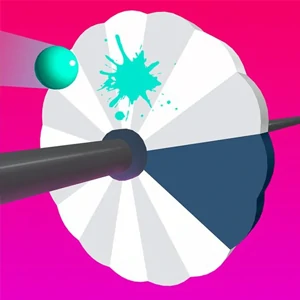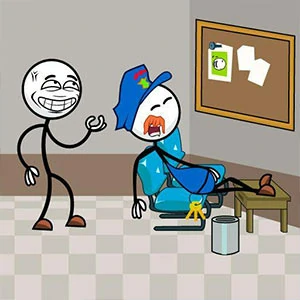
Breast budding: Symptoms, why parents shouldn’t ignore early lumps in their daughter's breasts
PLAY NOWBreast development commences as the foetus grows inside the mother's womb, with the formation of a thickening in the chest area known as the mammary ridge or milk line. By the time a baby girl is born, nipples and the initial milk-duct system have already taken shape.

In an interview with HT Lifestyle, Parul Mudit Mishra, Consultant Lactation Expert at Motherhood Hospitals in Pune's Kharadi, shared, “In both genders, a small lump or bud may be present at birth in the breast area, but it is important not to attempt to extract any milk from it, as this substance, known as witch milk, is a result of maternal hormones during pregnancy and could have adverse effects on breast development. The subsequent phase of breast development occurs during puberty, and parents must be mindful of factors that can bring about early puberty through exposure to environmental estrogen, such as using Teflon pans, exposure to estrogen in cosmetics and lavender oil, and exposure to estrogen in perfumes. All of these factors can influence puberty and trigger its onset at an earlier age.”
Hindustan Times - your fastest source for breaking news! Read now.
She explained, “Breast buds feel like a lump or disk-like structures under the nipple area, they are harmless and are good for the development of the breasts, parents must be careful about them in terms of pain, pus coming out, or no formation of such buds, while other signs of puberty, like armpit hair, are present. These buds will eventually grow into glandular tissue and go through cyclic changes during menstruation too, anytime they become uncomfortable, they must be checked.”
Parul Mudit Mishra elaborated, “Parents need to pay attention when their daughters start showing signs of breast budding, as it could be an early indication of puberty: While breast budding typically starts between the ages of 8 and 13, it's crucial not to dismiss any lumps or changes in the breasts as insignificant. Addressing these symptoms early can help in understanding normal development and identifying any potential issues that may arise. At this stage, open communication is key, and parents should create a safe space for their daughters to discuss any concerns they may have about their changing bodies.”
She concluded, “Ignoring breast budding can lead to missed opportunities for valuable discussions about body positivity and healthy self-image with growing girls. By addressing these changes head-on, parents can promote a positive attitude towards puberty and foster a supportive environment for their daughters to navigate through this transformative phase of life. Parents must seek professional guidance if they notice rapid or abnormal growth in the breasts, as it could be indicative of an underlying medical condition that needs prompt attention.”

















